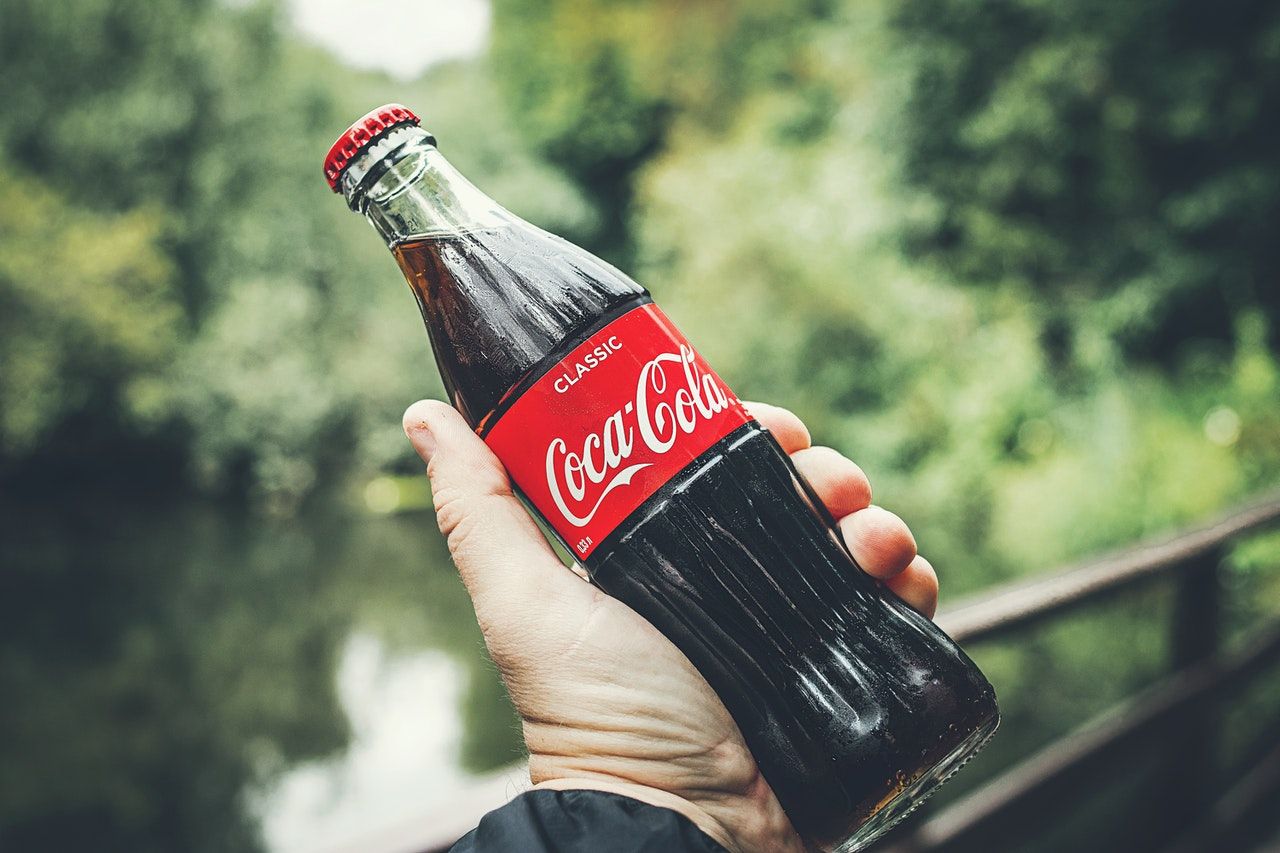The goal of every business owner is for his brand to grow. The company is to grow, and customers should be increasingly aware of its products or services. Sometimes, however, it turns out that the best way to grow is to split the brand so that at least one sub-brand is created.
Sub-brand as a concept has been functioning in the world of marketing for years. Some of the brands we love today are actually a sub-brand of a company that was popular before. There are many examples of both sub-brands that have become hits and those that have failed. Below, the concept will be explained using numerous examples - positive and negative. They can be an interesting inspiration for business owners.
What is a sub-brand?
A sub-brand is a way to successfully enter a completely new market segment thanks to the reputation and brand of the mother company. Marketing segmentation allows you to develop your portfolio more freely, without restrictions imposed by the image or nature of the parent company.
The sub-brand is most often used by large companies and corporations. The nature of a multidimensional brand can easily be lost. A wide audience makes it impossible to deliver an individual, and therefore also honest message. Dividing the parent company into smaller sub-brands allows for more free communication within each of these companies, reaching a narrower, and therefore better defined group of customers.

Sub-brand - the benefits of having it
The sub-brand allows for more effective segmentation of customers. It will be possible to direct separate communication to each of the groups, increasing the company's credibility in their eyes. To some extent, it also allows for bold experiments only within one sub-brand, incl marketing innovations. There is less risk that a bold idea will be rejected by the audience of this particular sub-brand than that it will be rejected by the customers of a larger, usually more conservative company.
A more niche sub-brand reaches customers who would never use the products or services of the corporation behind it. Over time, accustomed to the daughter company, they also more willingly reach for the main brand's products.
Are you looking for ways to develop your brand?
Use our signposts. We know the way to the goal.
An example of a sub-brand - Samsung
The Samsung brand produces washing machines, refrigerators and TV sets, as well as electronics for companies and institutions. For many years, it also produced smartphones under its own name. However, in order to avoid the impression that it is only one, insignificant branch of production, the Samsung Galaxy sub-brand was created. From now on, the phones of this manufacturer are prestige in its own right. Branding brand ranks it among the most popular and at the same time the best producers.
Another type of sub-brands concerns a situation where the parent company produces things at a price level significantly different from that presented by the sub-brand. And so: a delicatessen can create a cheap food sub-brand, and a supermarket a private label that includes Premium products from the manufacturer's portfolio.
In which industries is it profitable to create a sub-brand?
Consumers who trust a given brand are willing to buy almost any product bearing its logo. However, one should remember to exaggerate with the introduction of subsequent subsidiary brands and not to artificially expand the portfolio, so as not to "dilute" the already well-established brand identity.
The strategy of sub-brands, i.e. dependent brands, is worth applying in industries where the threshold for entering the market of debuting entities is significantly difficult, i.e. where the competition is numerous and strong. Where it is much more difficult to distinguish by physical features, functionalities or price, the strength of the logo and the "family" of a given product comes to the fore. They are a guarantee of a certain quality and a promise made.
It is worth focusing on sub-brands where the main brand cannot reach everyone. Subsidiary brands then begin to attract the attention of other customers who so far have not found anything for themselves in the company's portfolio. The average Fortune 1000 company manages a portfolio of over 200 brands. At one time, Nestle managed as many as 8,000 brands, but only 200 of them generated real and significant profit.

We meet sub-brands most often in the food, clothing, cosmetics, electronic and telecommunications industries. Recently, the introduction of sub-brands in the automotive industry has become more and more popular - car manufacturers are releasing electric models as separate sub-brands. The development of the Internet has also contributed to the development of sub-brands, which appear in the form of digital versions of the products or services offered so far.
Sub-brands in the eco industry
A very popular trend recently is referring to environmental protection or even eco-marketing. Large companies often have nothing to boast about when it comes to supporting health or the planet. It is more skillful to relate to these values when it is done through a sub-brand. The structure of such links is presented below.
- H&M - mass fashion >>> H & M Conscious - organic cotton clothes
- Carrefur - supermarket >>> Carrefour BIO - organic food
- Lidl - discount >>> Lidl Deluxe - premium, high-end food
This allows, on the one hand, to be part of a fashionable trend and reach an informed audience, on the other hand, leaving the main business model untouched.

When is it worth introducing a sub-brand?
Sub-brands make sense when it is necessary to distinguish the offer by extending or modifying the already existing associations with a given brand. Introducing a sub-brand to the market is an opportunity to reach completely new groups of customers. However, it only makes sense when the brand it extends already occupies a strong position in the minds of the audience.
Another necessary condition for the successful application of this strategy is that the sub-brand should represent the same values as its "mother-brand". As a result, the buyer, already accustomed to a specific image of a given brand, will avoid disappointment.
Brands are never closed entities. The portfolio of the offer under a given brand can be expanded if some products do not communicate in opposition to others. The procedure of introducing sub-brands, i.e. dependent brands, actually works for the benefit of customers, because it offers products more tailored to the needs and preferences of specific subcategories target audience.
The use of subsidiary brands is an excellent strategy to be able to build new relationships, deepen loyalty and inspire even greater trust in the brand. It can be used if we want even greater recognition of the main brand among representatives of a completely different target group than the one whose hearts and portfolios have been won by the company so far.

Sub-brand takes advantage of the popularity, good reputation and recognition of its parent brand. However, it can also be an excellent PR instrument during her image crisis. If a product does not meet the expectations of a specific group of recipients, it is worth remodeling the strategy of its promotion in accordance with the requirements or preferences, and turn all weaknesses into values important for a completely different group of recipients.
Disadvantages of having a sub-brand
It happens that a sub-brand of a main brand can damage its reputation and lower the overall perceived quality of products. This happens quite often when the logo of an exclusive brand in a slightly changed form is placed on key rings, deodorant or beverage packages. As it is much easier for the average consumer to find numerous examples of the use of the logo in this less prestigious context in the store, with time it is the sub-brand that begins to dominate, influencing the overall perception of the product. The opposite will be the case when the reputation of the main brand is damaged, and thus crisis management it will also have to be introduced in the communication of the minor brand associated with the main one.
When it comes to the situation where the sub-brand may not work out in business terms, the most common case is when the sub-brand and the parent company are too far apart to such an extent that the two concepts are mutually exclusive. Examples of such failures include:
- Colgate Kitchen Entrées - Colgate ready meals introduced in 1982. Customers found them unappetizing, and at the same time began to turn away from toothpaste.
- Lidl Travel - selling holidays in Thailand next to discounted goods did not hit the bull's eye, and the project collapsed in 2019.
- Virgin Subbrands - Customers feel confused when they see different Virgin logos. Spaceflight, energy drinks and banking do not have a common denominator.
It is also worth mentioning a situation where there are too many sub-brands and the differences are no longer legible to customers. All these mishaps can be avoided primarily by focus research prior to any major decision. Introduced step by step marketing strategy protects to some extent against dangerous situations of this type.

